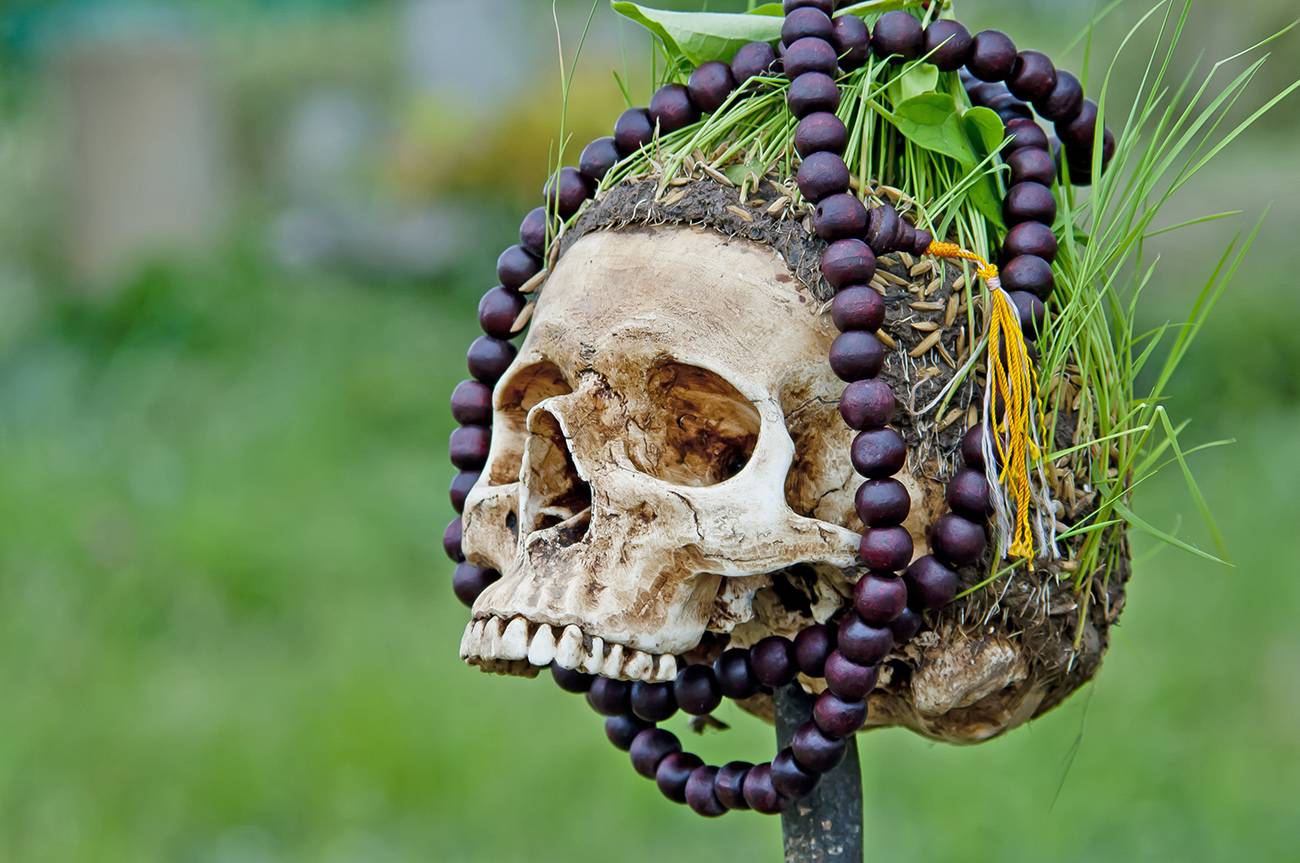
THE LAST CANNIBALS (5 TRIBES WITH DREADFUL HEADHUNTING HISTORY)
These are words of Paul Hoffmann, from his book about the puzzling case of the American anthropologist Michael Rockefeller, who disappeared during an expedition in the jungles of West Papua in 1961. If the young man really was killed by the Papuan cannibals will remain a mystery forever. But that cases like this repeatedly occurred on the island of New Guinea is a fact.
From past to the present, the remote island of New Guinea has a long meaty history of humans eating humans. Today, West Papua is still a field of the possibly last surviving tribes in the world engaging in cannibalism. Indeed, the Indonesian Papua is proudly a land of the headhunters – notorious tribal warriors, and there were many alarming cases of strangers being attacked, killed and eaten by the indigenous people.
While for us – Westerners – the concept of cannibalism seems absolutely horrendous, for the locals it has always been a cultural norm, not an act out of hunger. Ritual cannibalism manifests their strong belief – animism.
There are 5 known tribes in the territory of West Papua (Indonesian Papua) that have been practising cannibalism for centuries. Some of them stick to their tradition even today.
1.DANI TRIBE “THE DEAD BIRDS”
The Central Highlands of West Papua is home to the Dani people who had been waiting a long time to be discovered. They live in so-called “honai honai”, tiny mushroom-shaped huts made out of thatch and reeds and they are hunters. Men spend most of the time preparing primitive weapons, hunting and treating resulting injuries while woman look after the youngsters, grow sweet potatoes and tobacco.
Like most of the ethnic groups in New Guinea, Dani tribe lives in its own world full of odd rites and rituals. A big part of funeral ceremonies is finger amputation of the female members for each death in a family or multiple pig slaughtering during celebrations to show the success of the community. Pig feasts and cooking rituals are a big part of every important event when several pigs are killed using a bow and arrow, portioned, wrapped in a banana leaf and traditionally cooked in the earth oven together with potatoes and cassava.
Small-scale warfare between villages is integral to traditional Dani culture. The emphasis in battle is to insult the enemy and wound or kill token victims, as opposed to capturing territory or property or vanquishing the enemy village. Afterwards, their remains are kept for a big feast, weapons are decorated with the ornaments made out off the victim`s body and trophies such as the skull, bones and hair are displayed in the most respected part of the village.
DID YOU KNOW?
There is an old Dani legend about a race between a bird and a snake. The race was to determine the lives of human beings. Should men shed their skin and live forever like a snake, or die like a bird? The bird won the race, and so dictated that man must die.
2.YALI TRIBE “THE DWARF WARRIOIRS”
Sharing the territory of Baliem Valley with Dani people, less visited Yali subgroup, only discovered in the early 60s, is known as a “tribe of dwarfs” due to their short height (150 cm on average). The access to these villages is somehow limited, not only because of their altitude of about 2 500 m but also the fact that the only way how to reach these settlements is a several-day trek through thick vegetation and rugged, steep mountains of Jayawijaya.
Similarly to the Dani tribe, the Yali walk around rather naked, men solely protect the most important part – their penis, using a tube-like gourd, called “koteka”, and topless women only wearing a skirt made out of grass and other natural material. Pigs are considered to bring wealth and they are only eaten on special occasions. It is quite a spectacle to see the indigenous women cuddling the snorting animals before they kill them and steam the meat on hot rocks.
The Yali were also ill-famed hunters and reputed cannibals, once used to eat the flesh and brain of their enemies while still warm, grind the bones to dust and throw it into the deep valley to prevent them from returning. The region is so remote and inaccessible that even the neighbouring ethnic groups rarely used to get in contact with each other. That resulted in a different development of each individual language, so the minorities of this territory often do not even understand each other.
3.ASMAT TRIBE “THE HEADHUNTERS”
The tidal swampland of West Papua`s southern coast is some of the least accessible parts of the world. This is the domain of the Asmat tribe famous for their spectacular wood carvings, considered to be among the world’s finest, but more importantly for being the legendary Head Hunters.
Once, in the time of war, they ate brains of their enemies mixed with sago worms – that all served on the halved skull. Afterwards, they cleaned it and used it as a pillow to evoke respect and fear. They did not kill for food or not even the skull as a trophy but they worshipped the skull as a sacred object and it was believed to have special powers.
After the skull was stripped of the soft parts, e.g. brain, eyes and skin the nasal nostrils were closed to prevent the evil spirits to enter the household were the decorated skulls were displayed. The Asmat warriors and their children would inhabit the names of enemies they had killed.
4.KOROWAI TRIBE “THE TREE PEOPLE”
The Korowai are neighbours of the Asmat, occupying the inland territory of Yaniruma, near Senga and Dairam rivers. These tribes live in the tree houses built up to 30-50 m above the ground, in the rainforest clearings of the deep southern jungles.
This ethnic group is to be one of the most isolated ones and believed to continue practising rites related to cannibalism still today. The difficult access did not allow the missionaries during the Dutch colonial period to come to these areas so they could civilise the Korowai people. Those few who made it to the outlying villages were eaten or driven away.
The Korowai are quite a fascinating subgroup and they are often called “Bedouins of Jungle” for their continuous moving from place to place in order to find food and hunt for crocodiles. They build and move their tree houses on a regular basis which makes very hard for the scientists to study them. Except for a nutshell covering their penises men do not wear clothes. Women only use a basic skirt made out of sago leaves.
5.KOMBAI TRIBE “THE ENDO-CANNIBALS”
The Kombai tribe is another “tree” community building their homes high in the canopy. They live in clans along the Buzza River. The closest relatives to the Korowai, they have a very similar cultural background. Men wear a hornbill head instead of the gourd and a bird beak used as a protection for their genitals. Women are traditionally in charge of making sago – the starch obtained from the sago palm tree. Pigs serve as a currency and they are sacred animals that get only sacrificed on a special occasion and cooked on the traditional earth-oven.
The people of Kombai still strictly hold on their ancient animist beliefs. Leadership structures are based on the quality of strong man – and that has to be proven by their hunting skills. The Kombai used to kill their enemies for their organs and blood which were eaten and the bodies were stuffed with leaves and grass.
The Kombai are associated with endo-cannibalism – a ritual cannibalism within the same community. In the belief of gaining some of the qualities of the beloved person, family members would kill and eat internal organs and drink the blood of their own relatives. Totemism, black magic, witchcraft and sorcery are an important part of their cultural heritage.
Read Next
Comments
You must be logged in to post a comment.
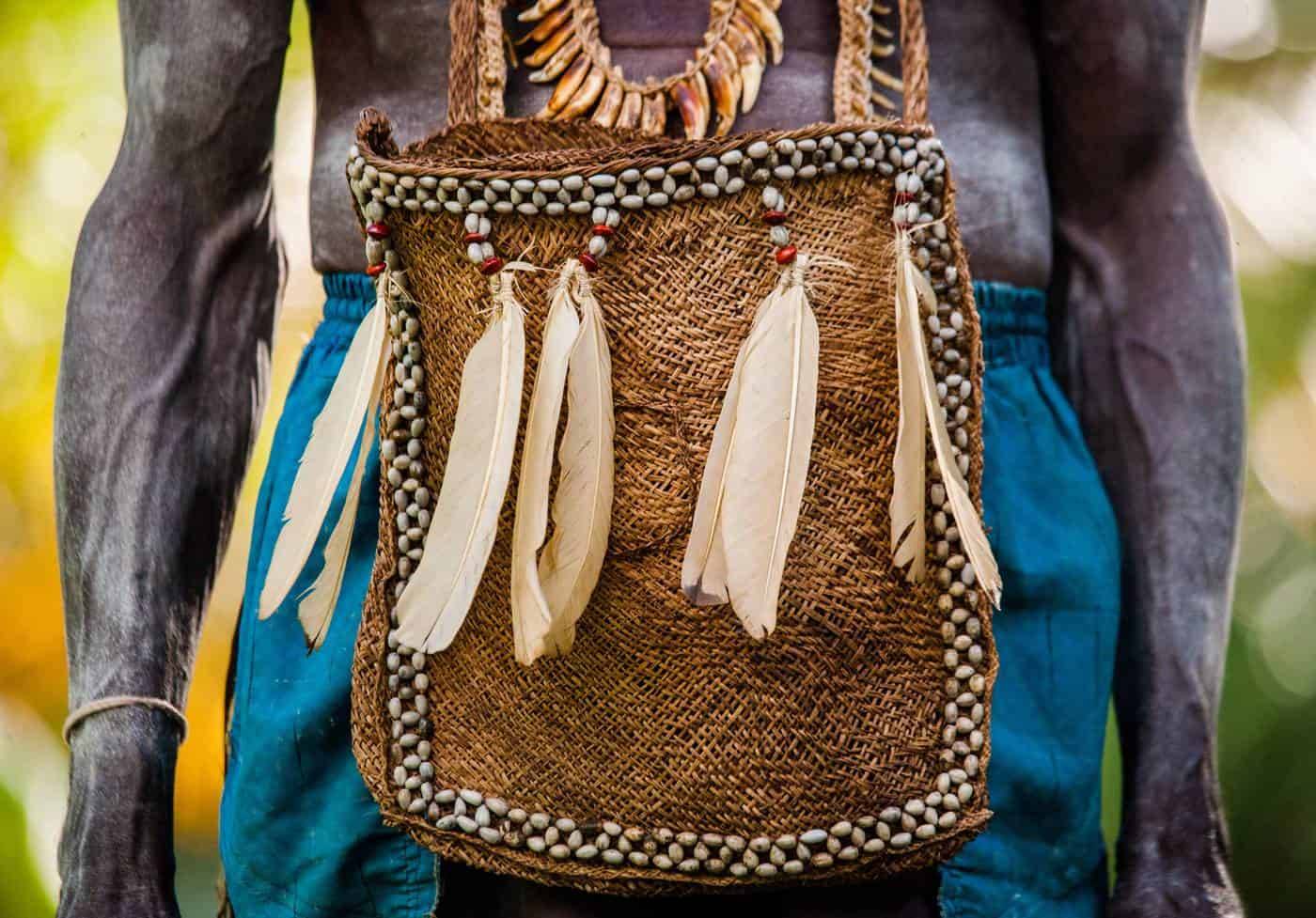


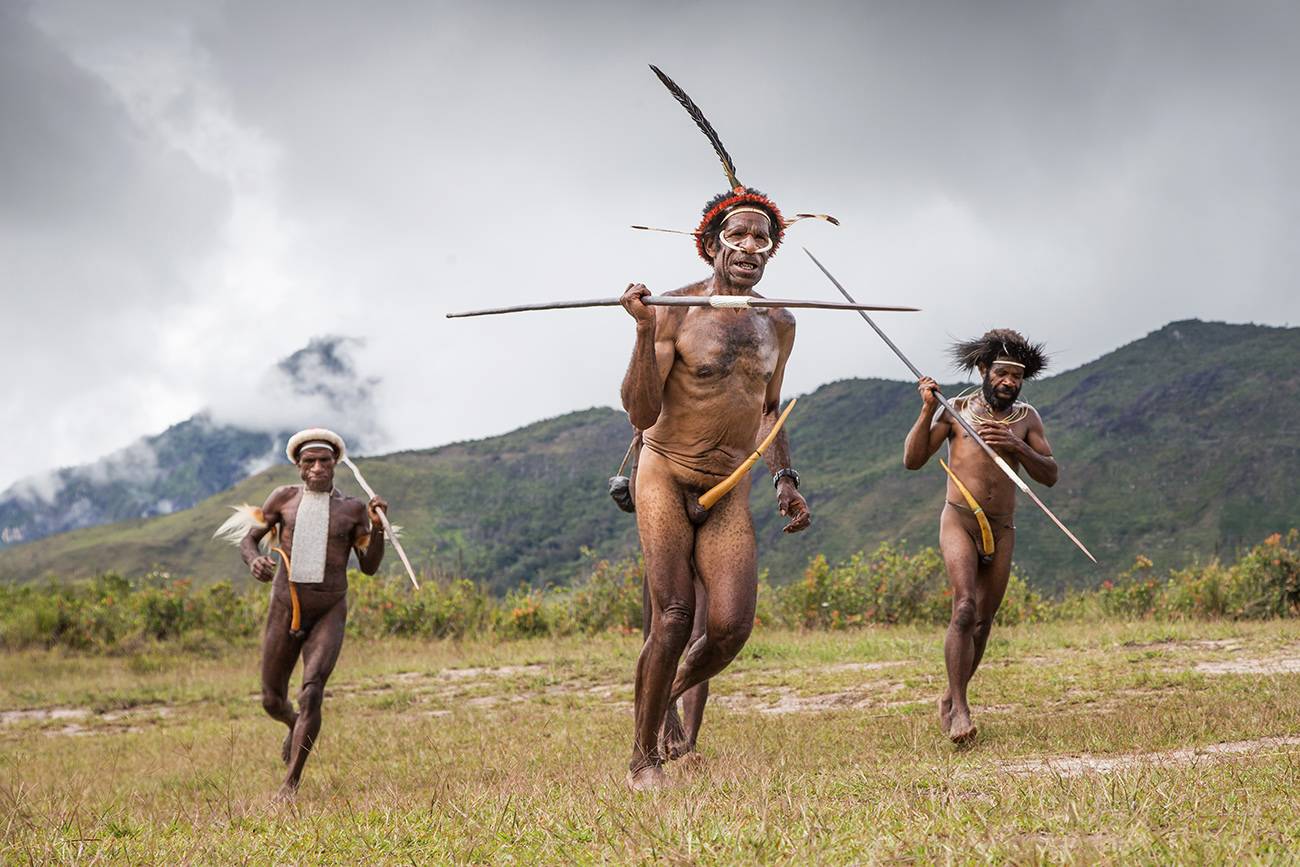

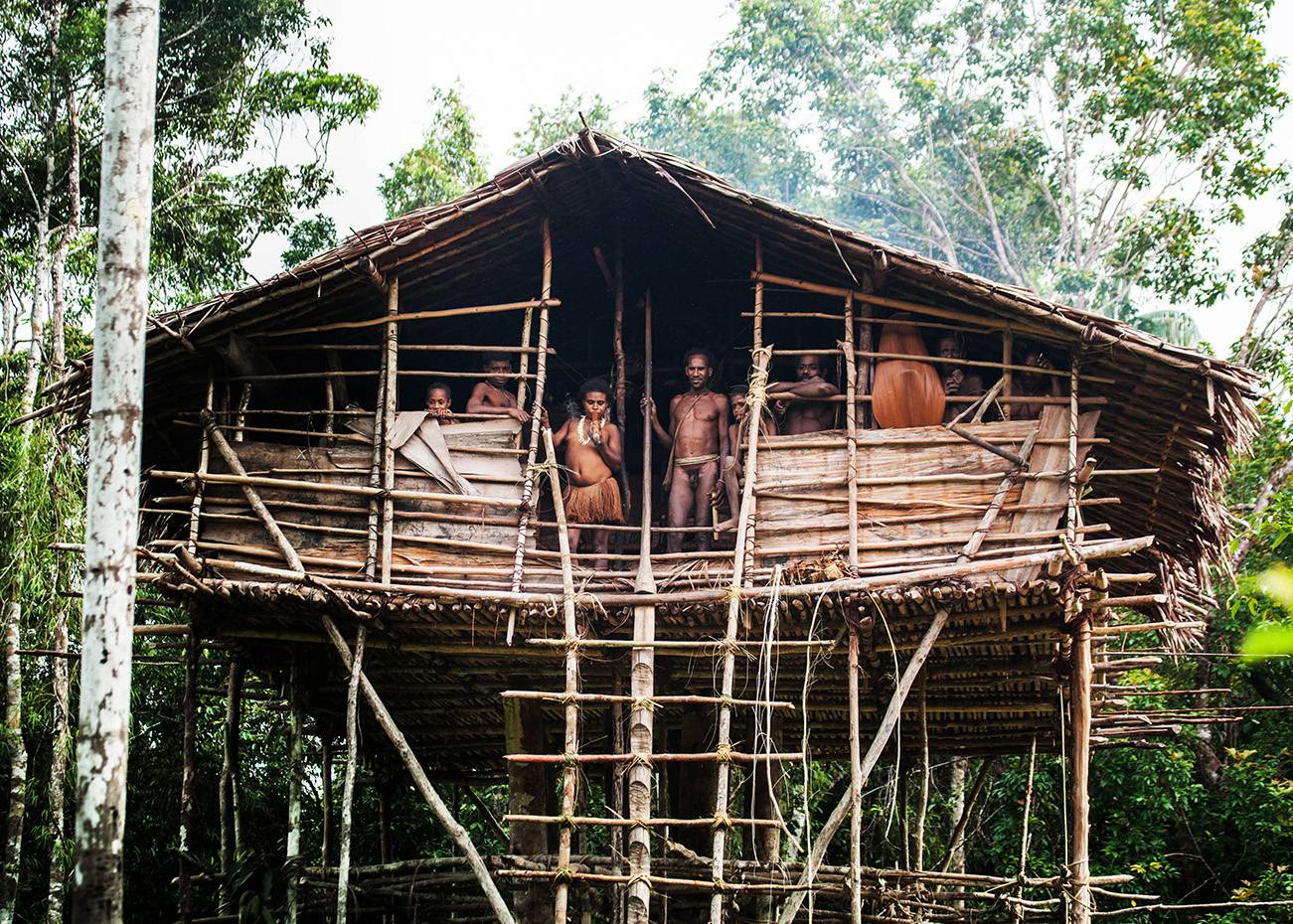
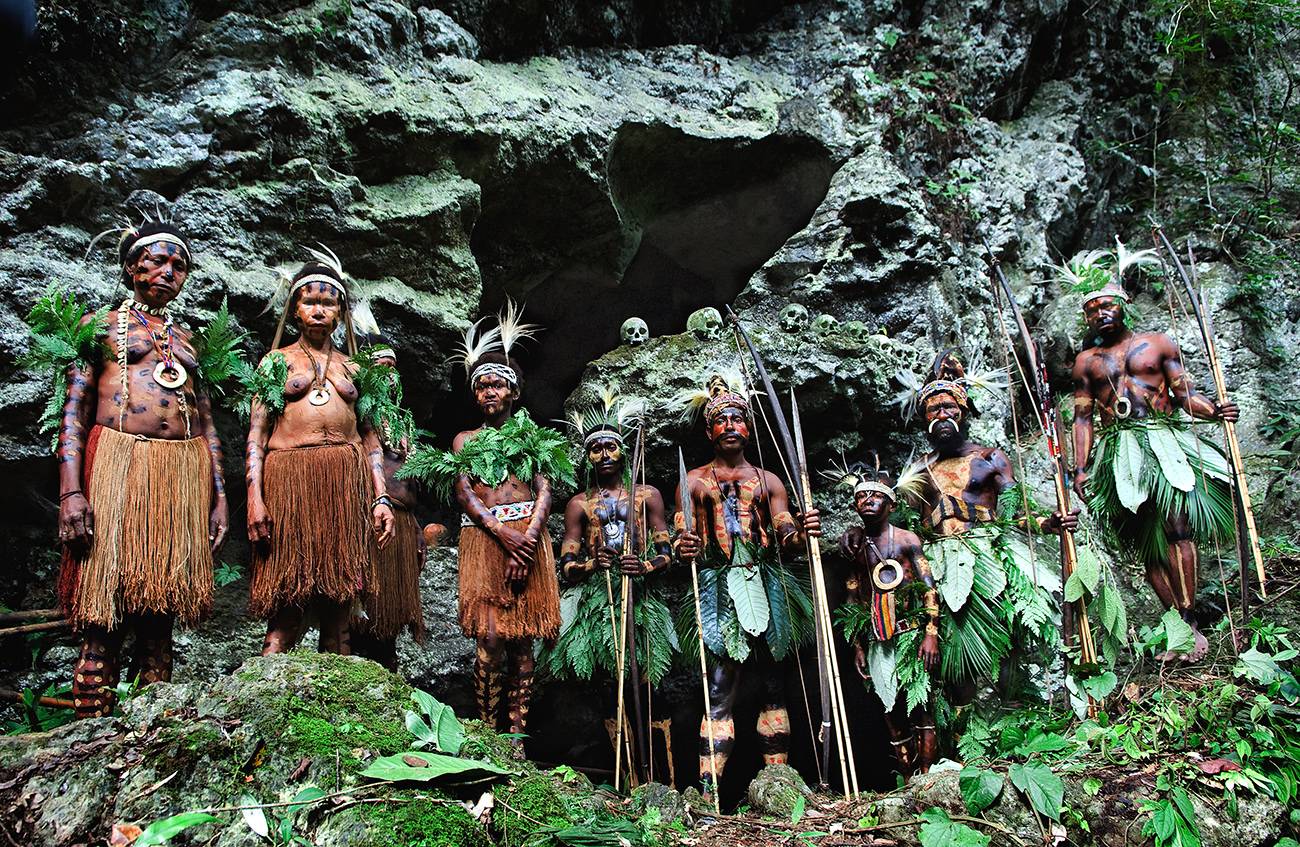
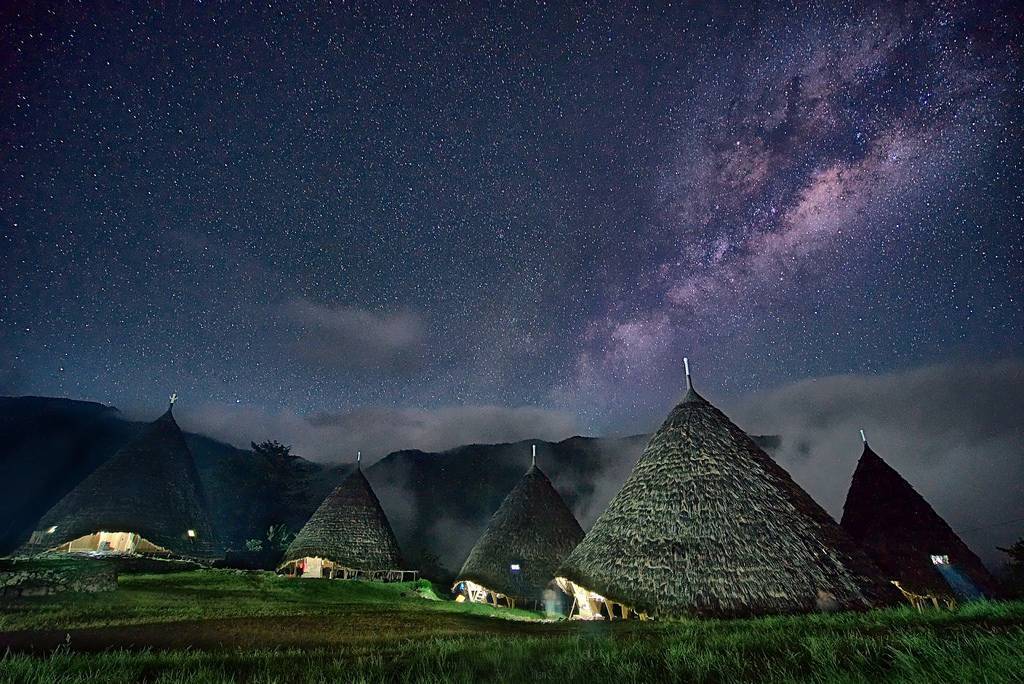
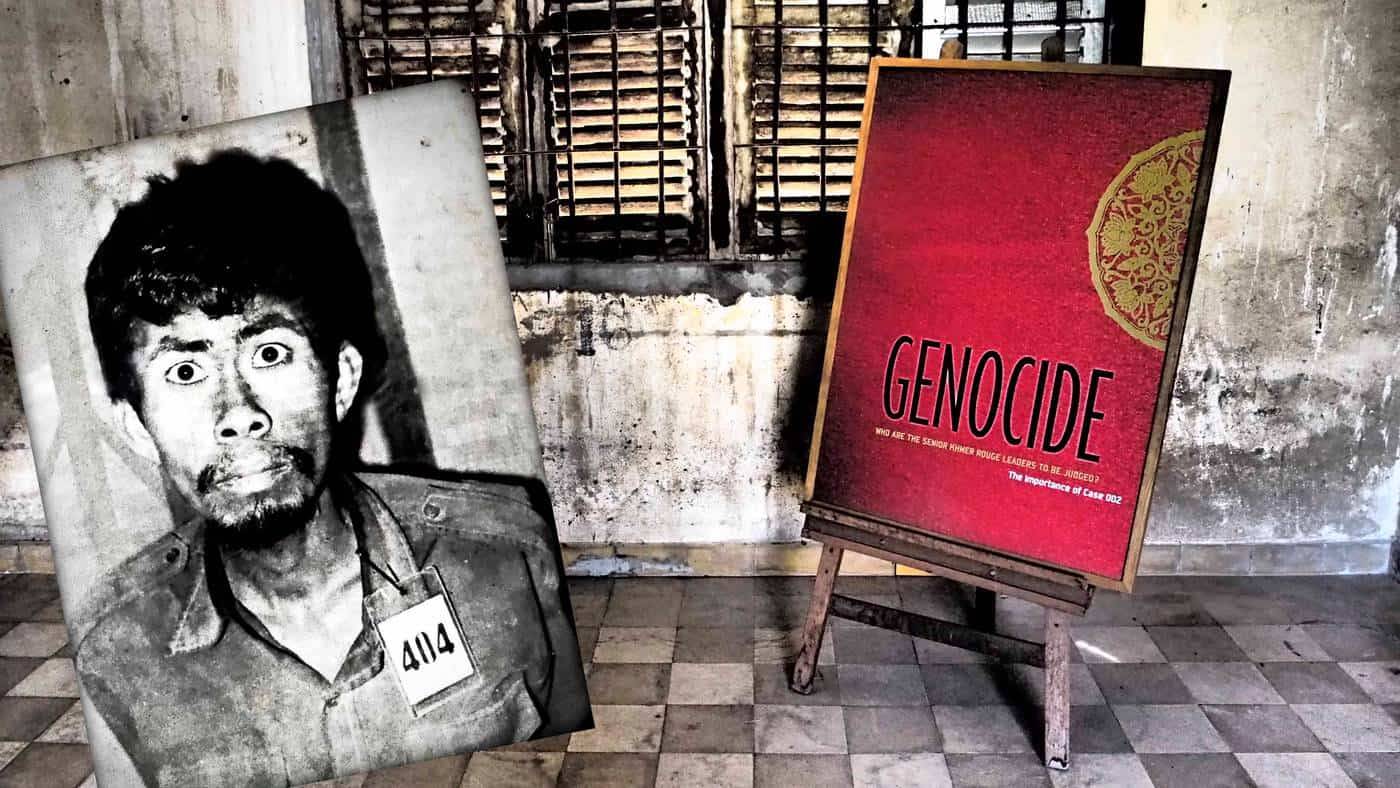

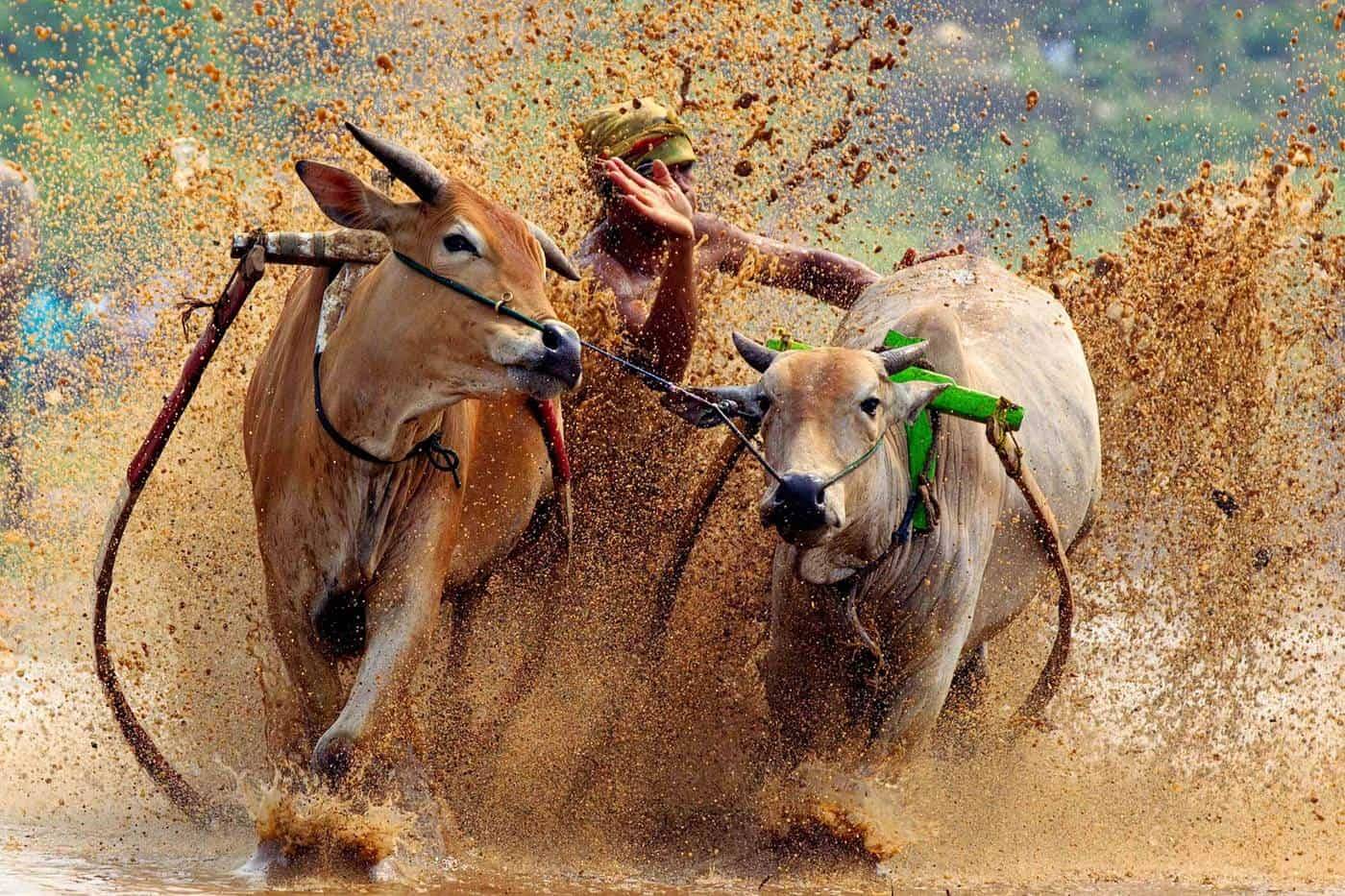
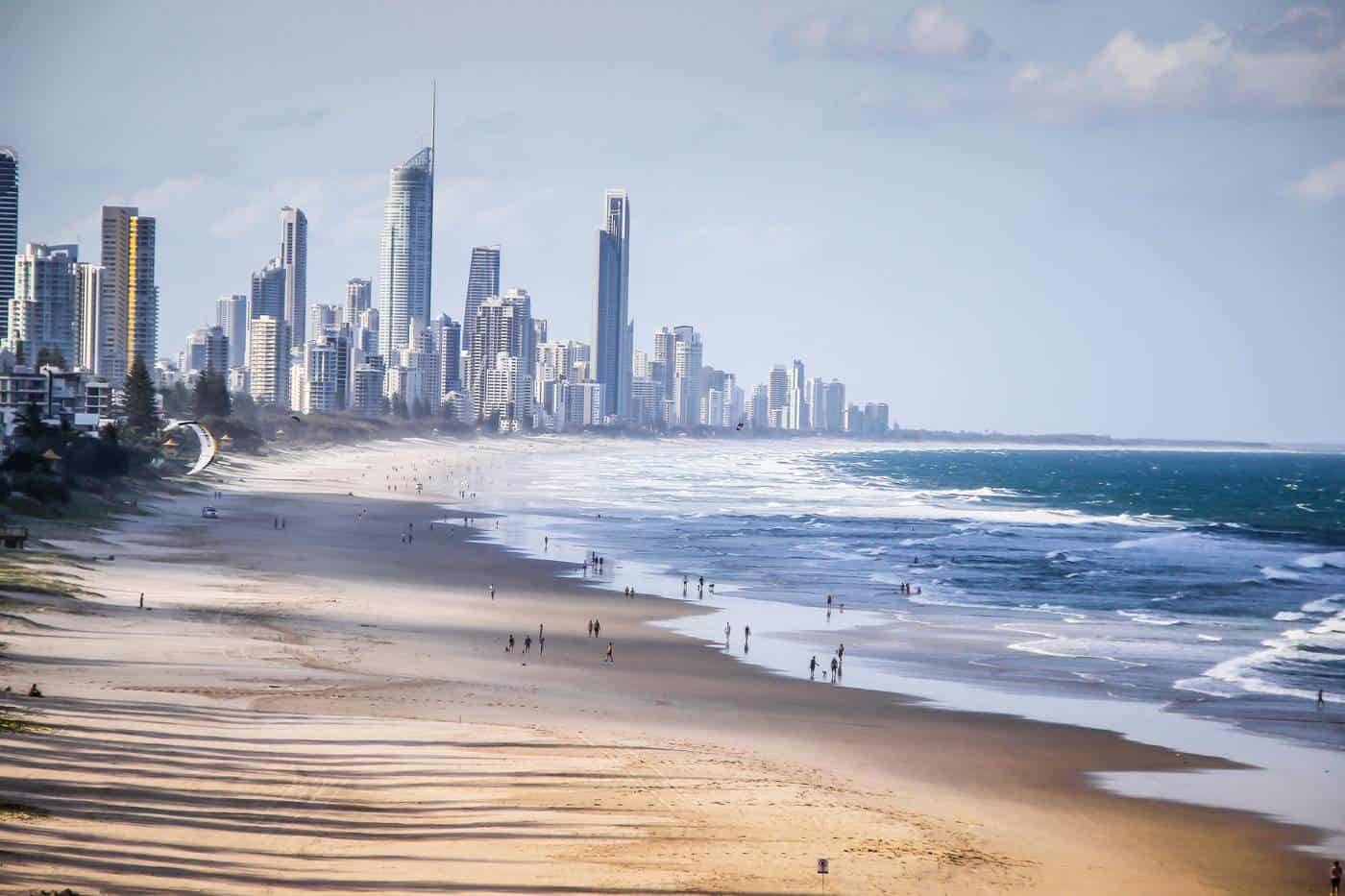
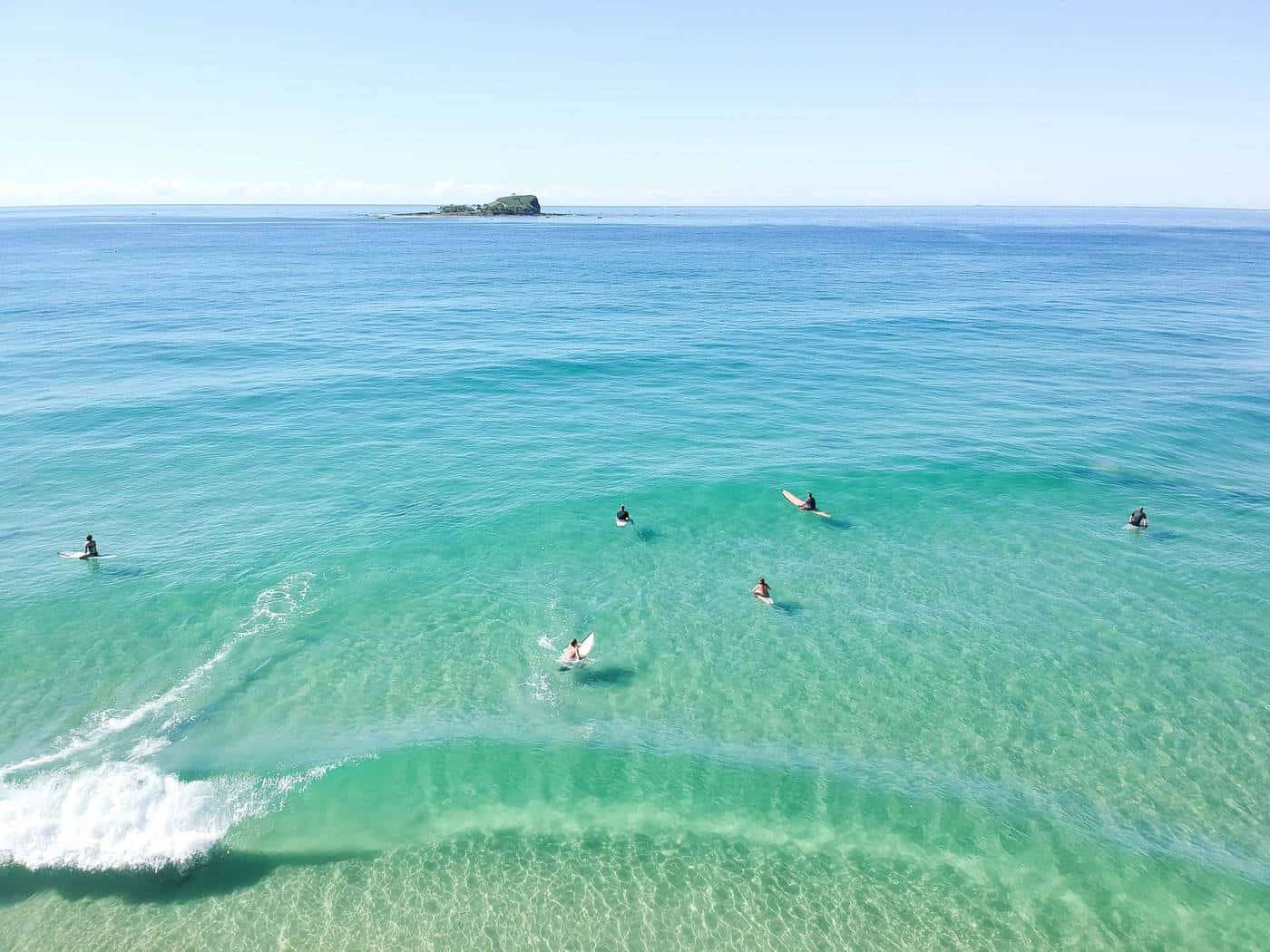
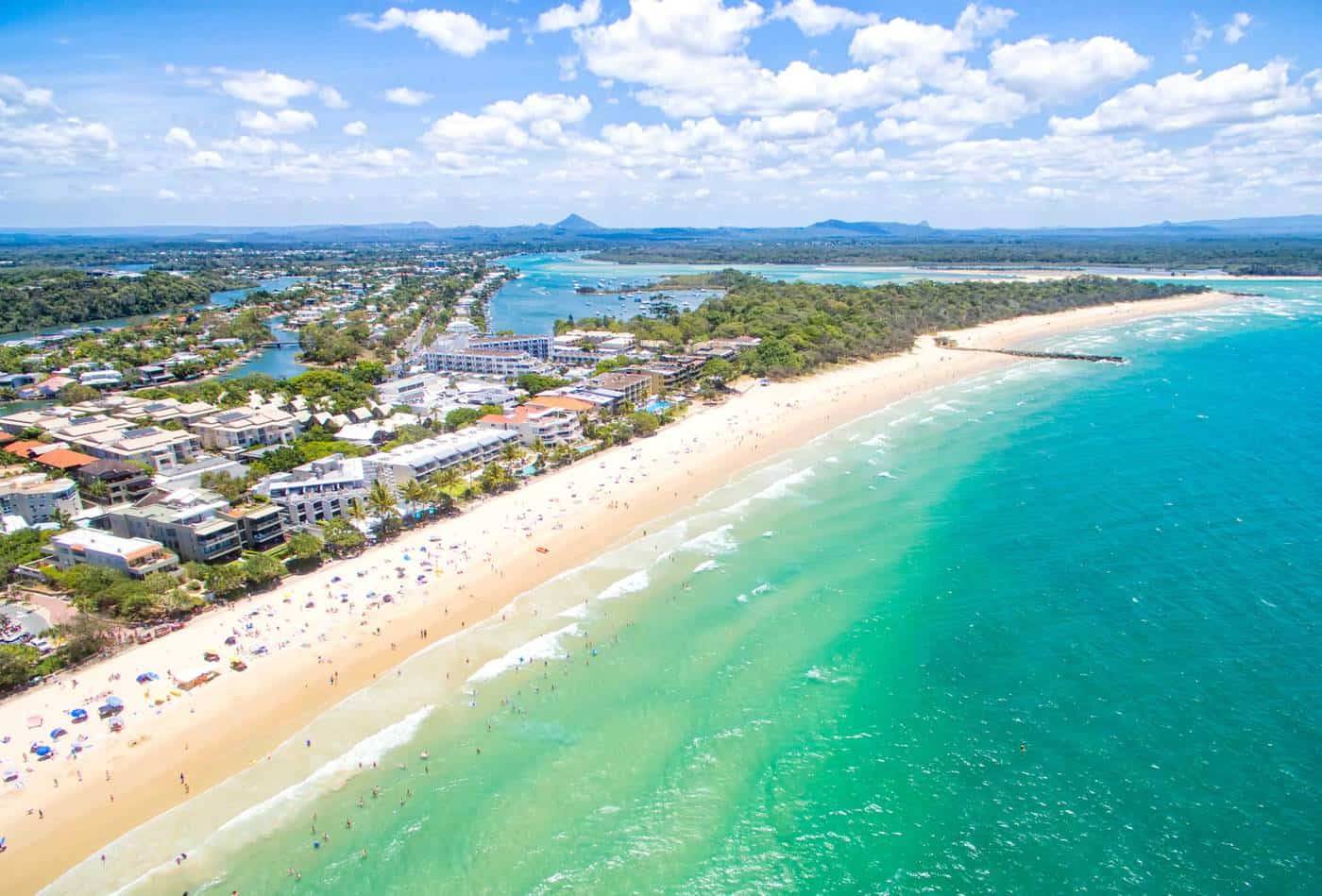
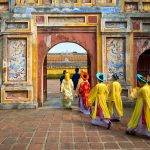





I’m really enjoying the design and layout of your website.
It’s a very easy on the eyes which makes it much
more enjoyable for me to come here and visit more often. Did you hire out a designer
to create your theme? Fantastic work!
Hi There, if you want more info just write us an email. 🙂